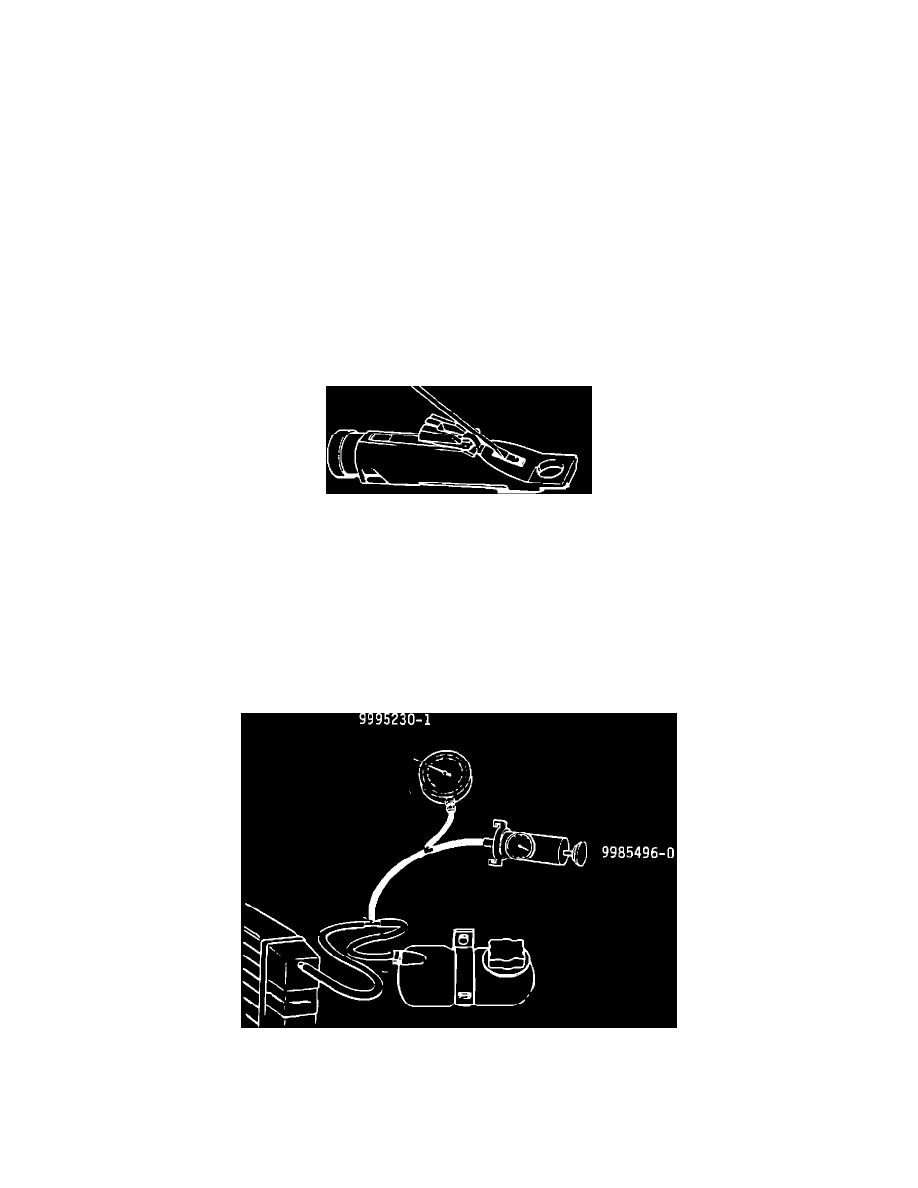740 L4-2.3L SOHC VIN 88 B230F (1985)

Spoilers, Flaps, and Air Dams: Customer Interest
Cooling System - High Temperature Gauge Readings
SECTION
GROUP
NO.
26
115
DATE JULY, 1985
RE:
INSPECTION/UPGRADING OF COOLING SYSTEM B230FT MY 1985 WITH AUTOMATIC TRANSMISSION
P70
THIS SERVICE BULLETIN IS APPLICABLE TO THE U.S. AND CANADIAN MARKETS
Complaints of high temperature gauge readings or overheating may be caused by a cooling system that does not meet the specifications. It is, therefore,
very important to define the reason for the complaint before any parts are replaced.
The first section of this Service Bulletin covers general inspection and testing of the cooling system.
The second section provides information regarding upgrading to improve the cooling capacity at idle and in stop-and-go city traffic.
1.
INSPECTION. COOLING SYSTEM
^
Check Fan Belt Tension
^
Coolant
Check coolant level.
Measure the coolant mixture. The anti-freeze concentration must be 50 percent; equal to a freezing point of -35 to -50~C (-31 to -58~F). Use for
example coolant tester (P/N 9985011-7).
NOTE:
ONLY VOLVO ANTI-FREEZE TYPE "C" IS ACCEPTABLE
^
Pressure Check
The pressure tester and pressure gauge (9995230-1) must be connected with a T-connection into the hose between the expansion tank and the
radiator (as illustrated). The gauge on the pressure tester is not accurate enough to detect small leaks.
Tighten expansion tank cap. Increase the pressure until the relief valve in the cap opens.
